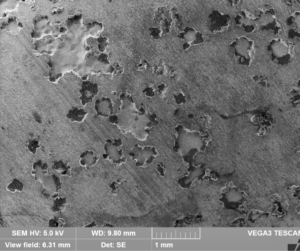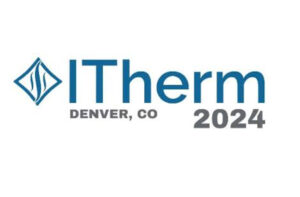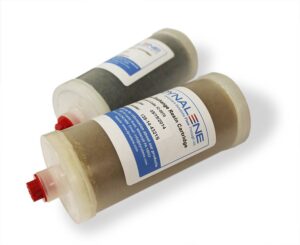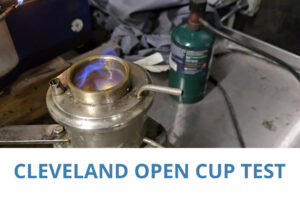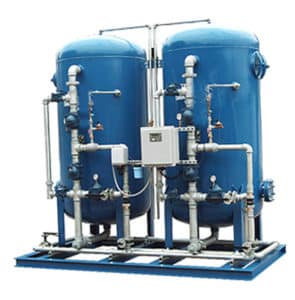Dynalene
Refractometer or Hydrometer?
Which to use for glycol concentration testing?
The concentration of glycol in your system is what ensures that you have adequate freeze and burst protection. Glycol concentration can be measured in several different ways. This article describes two methods of testing that can easily be done at a job site, using inexpensive tools. A refractometer is a tool to measure refractive index. Refractive index describes how fast light travels through a material. The angle at which light appears to bend can be measured and converted to concentration. A handheld refractometer is easy to use. Just add a few drops of sample on the prism, hold up to a light source, and read the concentration on the scale inside the meter.A hydrometer is a tool used to measure specific gravity. Specific gravity is the ratio of the mass of a liquid to the mass of an equal volume of distilled water. Specific gravity is correlated with concentration. To use a hydrometer, fill the cylinder with test sample. Put the hydrometer with the bulb end down. It will bob up and down in the sample. Note that the sample may overflow from the cylinder. Assure that the hydrometer is not in contact with the sides of the cylinder when you take the reading. Be careful to take the reading at the meniscus, where the plane of water is, not where the water clings up the neck of the hydrometer. Hydrometers are good options for determining glycol concentration, and they are often chosen because they are inexpensive. However, hydrometers have some disadvantages when compared to refractometers.
- Hydrometers are made of glass, which is easy to break.
- Hydrometers need larger sample volumes than refractometers.
- The density of propylene glycol decreases at high concentrations, so two concentrations may have the same specific gravity.
- An adjustment needs to be made if the hydrometer is measuring specific gravity at a different temperature than the reference temperature.
Refractometers are advantageous because they are quick, accurate, compensate for temperature difference, and have less user error than hydrometers. They also have the added benefit of meeting ASTM standard D3321.
For more information about these items visit Dynalene.com


